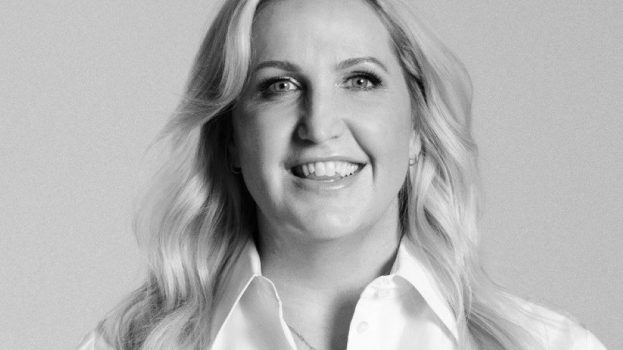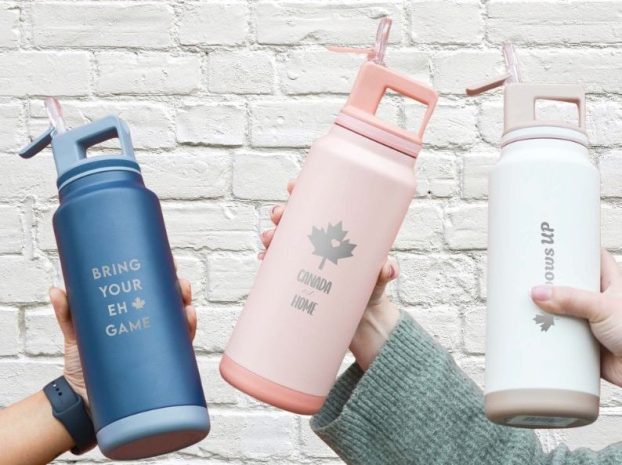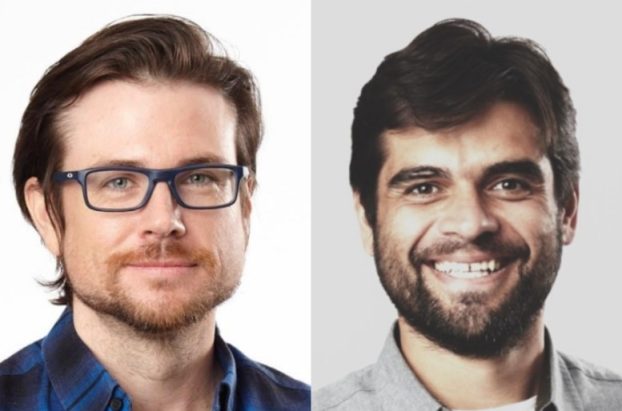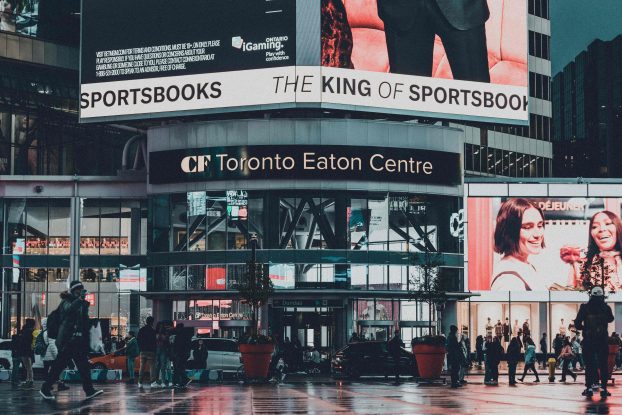Next month, U.S. Marine will begin selling its pleasure boats in common areas situated in Cadillac Fairview shopping centres.
The move comes as Canada’s largest mall operator continues its push to generate much-needed profits from its high-traffic common areas.
Cadillac Fairview is hoping it can convince advertisers to view the common areas in its nationwide stable of 57 shopping centres as a viable national medium for interactive marketing programs.
The company’s arrangement with Washington state-based U.S. Marine calls for free-standing sales centres, each with 10 to 12 Bayliner and Maxum brand pleasure boats, to rotate in malls across Canada for one- and two-week runs.
Cadillac Fairview’s national interactive media program is headed up by Richard Mathieu, a retail marketing consultant and founding partner of Toronto-based Mathieu Letheren Associates.
Mathieu’s job is to lease kiosks in Cadillac Fairview centres countrywide to advertisers looking to test-market or sell products to consumers patronizing the malls.
‘Today’s skeptical consumer means shopping centre operators can no longer sell themselves on location and convenience alone,’ he says.
‘They need to push products at consumers, involving them in sampling and testing, to create new shopping experiences.’
Kiosks have long sold everything from airline tickets to floor coverings in malls, but always on a local or regional level.
Cadillac Fairview hopes, by guaranteeing national distribution in all major Canadian markets, to pull together a successful national medium.
U.S. Marine, a division of Brunswick, is spending around $500,000 on the interactive effort to back its existing 49 Canadian Bayliner and Maxum dealers.
After several years displaying and selling boats in u.s. shopping centres, Don Evans, Bayliner’s retail marketing manager, says interactive mall displays are the most cost-effective media available to his company.
But for all Mathieu’s efforts, his interactive media program is no runaway success.
Toronto-based Perrier Canada has agreed to extend its $1-million 1991 program over the current year.
Last year, the beverage maker operated eight kiosks in 35 Cadillac Fairview centres across Canada on a rotational basis.
Perrier Canada says last year its staffed kiosks gained media exposure to 50 million shoppers, and handed out 313,000 samples.
But the only other major recruit to Cadillac Fairview’s interactive media program is Haagen Dazs, the ice-cream company.
And Mathieu has a job ahead convincing other mall operators to consider positioning kiosks in common areas on a national, rotating basis.
Steven Szabo, manager of creative services at Toronto-based Cambridge Shopping Centres, needs persuading.
‘As a rule, we do not run with kiosks,’ Szabo says. ‘We have never liked them. Kiosks look like hell, and they do not work.’
Gail Taylor, director of retail marketing at Trilea Centres, a Toronto-based mall operator jointly owned by Trizec and Bramalea, is guarded about establishing a national program.
‘You have to ask whether you are trying to create unique, local shopping environments, or are only interested in the bottom line,’ Taylor says.
John Williams, a retail consultant with Toronto-based John C. Williams Consultants, underlines skepticism about kiosks in malls as being anything more than a gimmick to wring revenue from a miserable retail climate brought on by the recesssion.
‘I came upon a Perrier kiosk that was empty,’ Williams says. ‘That is a negative. When you go through a mall, and see an empty store, the message is something has failed. The same holds true with empty kiosks.’
But Brigit Newson, co-ordinator of interactive media at Regan Productions in Toronto, says that although early kiosks did lack for quality in tv graphics and creative presentation, more sophisticated graphic software is now available, enabling promotional material to be as good as anything on TV.
‘Everything is going the way of quality, and the result is consumers respond more favorably,’ Newson says.























